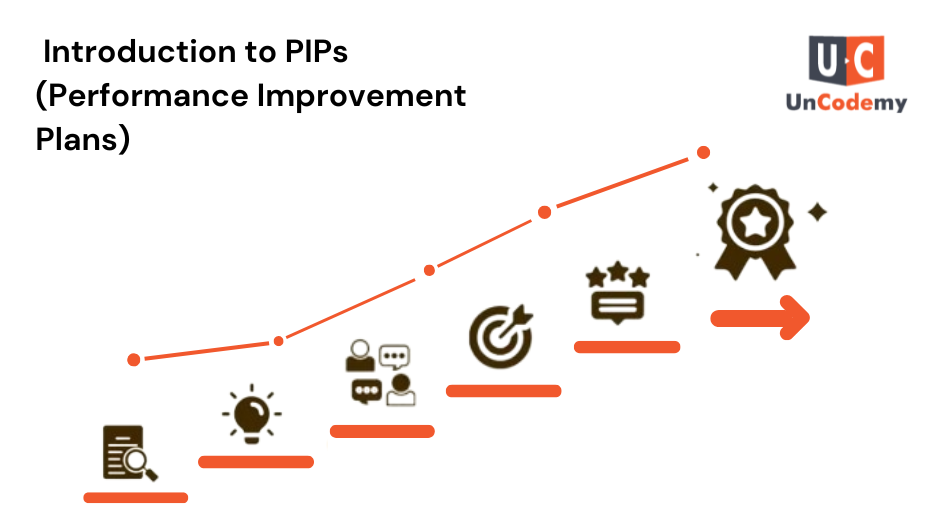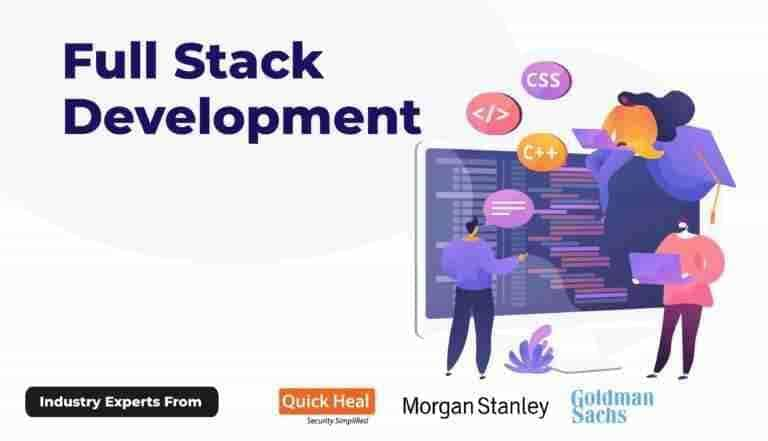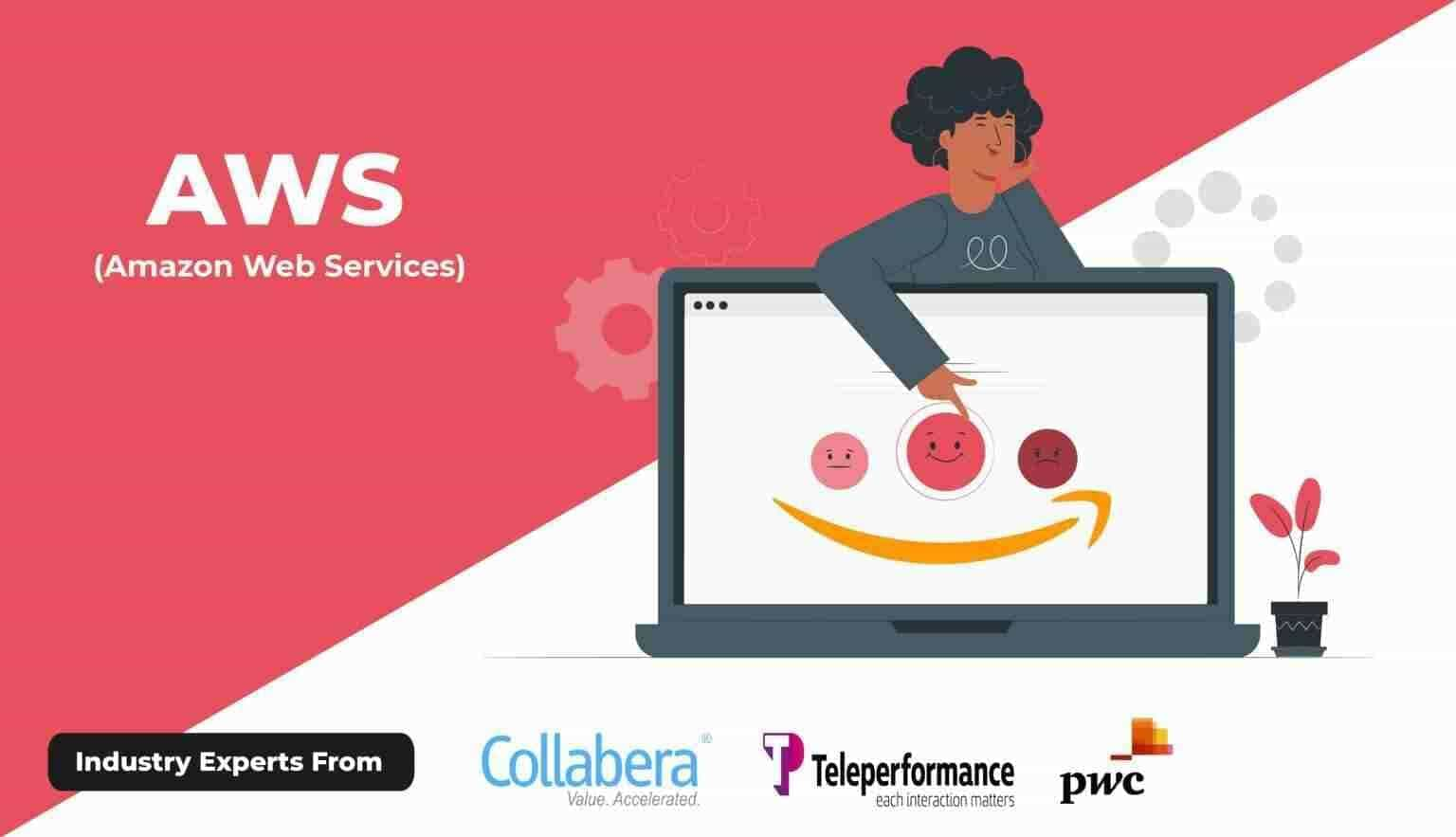Performance Improvement Plans (PIPs): When and How to Implement

- Employee Development
- Employee Evaluation
- HR Management
- Performance Improvement Plan
- PIP Template
- PIPs (Performance Improvement Plans)
- Workplace Performance
Definition and Purpose
A PIP outlines areas where an employee’s performance needs improvement and provides a structured plan for addressing those issues. It includes specific tasks, measurable goals, and deadlines to guide the employee in making the necessary improvements. The ultimate purpose of a PIP is to help the employee succeed in their role while aligning their performance with the organization’s expectations.
When and Why to Use a PIP
- When Performance Gaps Are Noticed
If an employee is consistently not meeting expectations, struggling with tasks, or failing to achieve goals, a PIP can serve as a constructive way to address the situation.
- To Provide a Clear Path for Improvement
A PIP ensures that both the employee and their manager are on the same page about what needs to improve. It eliminates ambiguity by clearly defining what success looks like.
- To Retain and Support Employees
Rather than terminating an employee immediately, a PIP gives them a fair chance to improve and succeed in their role. It’s a win-win approach for both the organization and the employee.
- To Document and Formalize the Process
A PIP ensures there is a written record of the steps taken to address performance issues. This is helpful for transparency and accountability.
Example in Simple Terms
Imagine a teacher notices a student is struggling in math. Instead of simply punishing them for bad grades, the teacher provides a study plan:
- Specific topics to focus on (e.g., multiplication and division).
- Extra practice exercises to complete.
- A timeline for improvement, like improving test scores over the next month.
Similarly, a PIP is a structured plan for employees to get back on track, with clear steps and support from their manager.
In short, a PIP isn’t about blaming or shaming—it’s about giving someone a fair shot at success with the right guidance and resources.
Drafting a PIP for HR’s Review
Once a PIP is needed, the manager should create a draft plan for HR’s review, including:
- Performance Issues & Expectations:
- Clearly describe acceptable performance and how the employee’s current performance is lacking.
- Attach the job description and relevant policies to clarify expectations.
Example: “John missed two deadlines and submitted incomplete reports.”
- Specific, Measurable Objectives:
Set clear goals with deadlines (30, 60, or 90 days).
Example: “John must submit reports by 4 PM every Friday with no errors for the next 60 days.”
- Manager’s Support:
Specify how the manager will assist, like training or coaching.
Example: “John will attend a time-management workshop and meet with me weekly to review progress.”
- Early Termination Clause:
Mention the possibility of ending the PIP early if the employee refuses to improve.
Example: “If John doesn’t show progress after 30 days, the PIP may end early.”
- Consequences for Not Meeting Goals:
Clearly state the consequences if the employee doesn’t meet the objectives (e.g., demotion, role change, or termination).
Example: “If Jane’s errors exceed 3% or she doesn’t meet production targets, she may be moved to a different role.”
Performance Improvement Plan (PIP) Template
Employee Name: [Name]
Position: [Position]
Manager Name: [Manager]
HR Representative: [HR]
Date: [Start Date]
Performance Issues & Expectations
Issues:
[Describe performance gaps.]
Example: “John missed two deadlines and submitted incomplete reports.”
Expected Performance:
[State acceptable performance levels.]
Example: “Reports must be on time and error-free.”
Measurable Objectives
Goal 1:
Example: “Submit all reports by 4 PM every Friday with no errors for 60 days.”
Goal 2:
Example: “Meet all project deadlines in the next 60 days.”
Manager’s Support
Training/Support:
Example: “John will attend time-management training and meet weekly with the manager.”
Meeting Frequency:
Example: “Weekly meetings to review progress.”
Early Termination Clause
Condition for Early Termination:
Example: “PIP may end early if John shows no progress or refuses to improve.”
Consequences for Not Meeting Objectives
Consequences:
Example: “Failure to meet goals may result in demotion, reassignment, or termination.”
Acknowledgment:
The employee acknowledges the plan’s contents.
Employee Signature: ________________________
Manager Signature: ________________________
HR Signature: ________________________
Tips for a Successful PIP
Set SMART Goals
- Specific: Clearly define what needs to be improved.
Example: “Complete all reports by 4 PM every Friday.”
- Measurable: Set targets that can be tracked.
Example: “Submit at least 5 reports with no errors each month.”
- Achievable: Ensure the goals are realistic and attainable.
Example: “Improve time management with weekly progress reviews.”
- Relevant: Align the goals with the employee’s role and the organization’s needs.
Example: “Meeting deadlines is critical for timely project completion.”
- Time-bound: Set a clear timeframe for achieving the goals.
Example: “Complete all goals within 60 days.”
Provide Resources and Feedback
Offer the employee the tools and support needed to succeed, such as training, mentoring, or access to resources.
Example: “Attend a time-management workshop or schedule one-on-one coaching.”
Regularly provide constructive feedback on their progress.
Example: “Hold weekly meetings to discuss challenges and adjustments needed.”
Ensure Clarity and Transparency
Make sure the employee understands the expectations, timeline, and consequences of the PIP.
Example: “Explain what success looks like and what happens if goals are not met.”
Be open and transparent about the process, goals, and the rationale behind them.
Example: “Clarify that the PIP is meant to help them succeed and not to punish them.”
Focus on Growth, Not Punishment
- The primary goal of a Performance Improvement Plan (PIP) is to help the employee improve, not to punish them.
- Approach the situation with a positive, supportive mindset. Encourage the employee by offering guidance, training, and resources to help them succeed.
Example: Instead of focusing on mistakes, highlight areas for improvement and provide solutions for growth.
Tip: Make it clear that the PIP is an opportunity for the employee to develop skills and succeed in their role.
Communicate Regularly
- Keep communication open throughout the PIP process. Regular check-ins ensure the employee is on track and can address any challenges early on.
- Schedule weekly meetings or discussions to provide feedback, review progress, and offer encouragement.
Example: “Every Friday, we will discuss your progress and make any adjustments needed to help you meet your goals.”
Tip: Be specific with feedback, avoid vague comments, and always focus on the actions that need improvement.
Document Everything
- Maintain detailed records of all meetings, feedback, and actions related to the PIP. This ensures transparency and provides a clear history in case of future disputes.
- Document performance issues, agreed-upon goals, support provided, and any changes in expectations.
Example: “During the meeting on [date], we discussed your progress on goal X and set new objectives moving forward.”
Tip: Keep a written record of every PIP-related interaction, as this can protect both the employee and the company if further action is required.
Advantages and Disadvantages of PIP
Advantages
- Provides a Structured Approach to Improvement: A PIP sets clear steps and a timeline for addressing performance issues. This structure helps both the manager and employee focus on specific goals and measurable actions.
- Clarifies Expectations and Goals: A PIP clearly outlines what is expected from the employee and the goals they need to achieve. This eliminates confusion and provides a roadmap for success.
- Offers a Second Chance to Employees: A PIP gives employees a chance to improve before facing more serious consequences, like demotion or termination. It shows that the company is invested in their growth and success.
- Promotes Transparency and Fairness: A well-structured PIP promotes fairness by ensuring that all employees are held to the same standards and are given a clear process for improving. It helps avoid favoritism and subjective decisions.
Disadvantages
- May Create Stress for Employees: The PIP process can feel like a high-pressure situation for employees, which can lead to stress and anxiety. This stress might, in turn, affect their performance and overall morale.
- Requires Time and Resources: A PIP takes significant time and resources, both from the manager and the employee. Managers need to conduct regular check-ins, offer feedback, and may need to provide additional training or support.
- Can Be Perceived Negatively if Not Handled Carefully: If not communicated properly, a PIP can feel like a punishment rather than a constructive opportunity. Employees may view it as a sign that they are being singled out or that their job is at risk.
Review and Follow-up for a Performance Improvement Plan
Assess Results
After the PIP period (e.g., 30, 60, or 90 days), it’s important to evaluate the employee’s progress based on the goals and expectations outlined in the plan. Assess the following:
- Improvement
- Determine if the employee has met the set goals, made significant improvements, or achieved the expected level of performance.
- Review their work and compare it to the targets set in the PIP (e.g., quality, deadlines, attendance). For more effective tracking and evaluation of performance, many companies use performance management software, which allows managers to set goals, monitor progress, and provide real-time feedback to employees.
- Extended Support
- If the employee has made partial progress but still requires assistance, consider extending the PIP or providing additional resources like further training or coaching.
- This step may be needed if the employee shows effort but hasn’t fully met the objectives due to external factors or ongoing challenges.
- Other Actions
- If there has been little to no improvement, or if the employee is not showing effort to meet the goals, further action may be required. This could include moving the employee to a different role, disciplinary measures, or termination.
- The outcome should be based on a fair assessment of the employee’s performance and their efforts during the PIP period.
Plan Next Steps
- If Improvement is Achieved
- Acknowledge the employee’s progress and formally close the PIP, ensuring they understand the areas where they succeeded.
- Set new goals for continued growth and development to keep their performance on track.
- If Partial Improvement is Achieved
- Discuss the areas where improvement is still needed and decide if the PIP should be extended with more support or a revised timeline.
- Outline the continued support and resources the employee will receive, along with updated expectations.
- If No Improvement is Achieved
- If the employee hasn’t shown improvement or is unwilling to meet expectations, take the necessary action, which could include a change in role, further disciplinary actions, or termination.
- This step should be approached with transparency and a clear explanation of why these actions are necessary.
Conclusion
A Performance Improvement Plan (PIP) is a structured way to help employees improve their performance. It clarifies expectations, sets achievable goals, and provides support to the employee. While a PIP offers a second chance and promotes fairness, it also requires careful handling to avoid stress and negativity.
After the PIP period, it’s essential to assess the employee’s progress and decide the next steps—whether to acknowledge their improvement, provide extended support, or take further action if needed. When done correctly, a PIP can benefit both the employee and the organization by fostering growth and maintaining clear standards.
Performance Improvement Plan (PIP) FAQs
- How long should a performance improvement plan last?
Ans. The duration of a PIP depends on factors like the complexity of the job, the company’s size, and the employee’s performance gap. Most PIPs last for 30, 60, or 90 days, based on the time needed to address and resolve performance issues effectively.
- When should you use a performance improvement plan?
Ans. A PIP is appropriate when a valued employee faces fixable performance challenges and the employer believes in their potential to improve. It should be used as a supportive tool to address concerns, not as a precursor to termination. Throughout the process, it’s essential to communicate that the PIP reflects confidence in the employee’s ability to succeed.
- Is a performance improvement plan a form of disciplinary action?
Ans. No, a PIP is primarily a developmental tool. It focuses on addressing performance issues and helping employees meet expectations. While it can be part of a broader performance management process, it’s designed to foster improvement rather than serve as punishment.
- What are the advantages of a performance improvement plan?
Ans.
- Clear Expectations: It defines performance standards and goals, ensuring employees understand what’s required of them.
- Fair Process: Employees receive feedback and measurable objectives, fostering a sense of fairness.
- Empowerment: PIPs can motivate employees to take ownership of their development and improve their outcomes.
- What are the disadvantages of a performance improvement plan?
Ans.
- Time-Intensive: Drafting and executing a PIP requires significant time and effort from managers.
- Workflow Disruption: The process can divert attention from regular tasks.
- Potential Misunderstanding: If not communicated well, employees may view it as a precursor to termination, leading to hostility, resignation, or disengagement.
- What happens if an employee fails to meet the goals of a PIP?
Ans. If an employee doesn’t meet the objectives outlined in the PIP, the next steps may include extending the PIP, reassigning the employee to a different role, or proceeding with disciplinary actions, including termination. This decision should be based on a fair assessment of effort and results.
- How can a manager ensure a successful PIP?
Ans. Managers should set SMART goals (Specific, Measurable, Achievable, Relevant, Time-bound), provide necessary resources, and maintain open communication with the employee. Regular feedback and progress reviews are key to fostering a positive outcome.


























